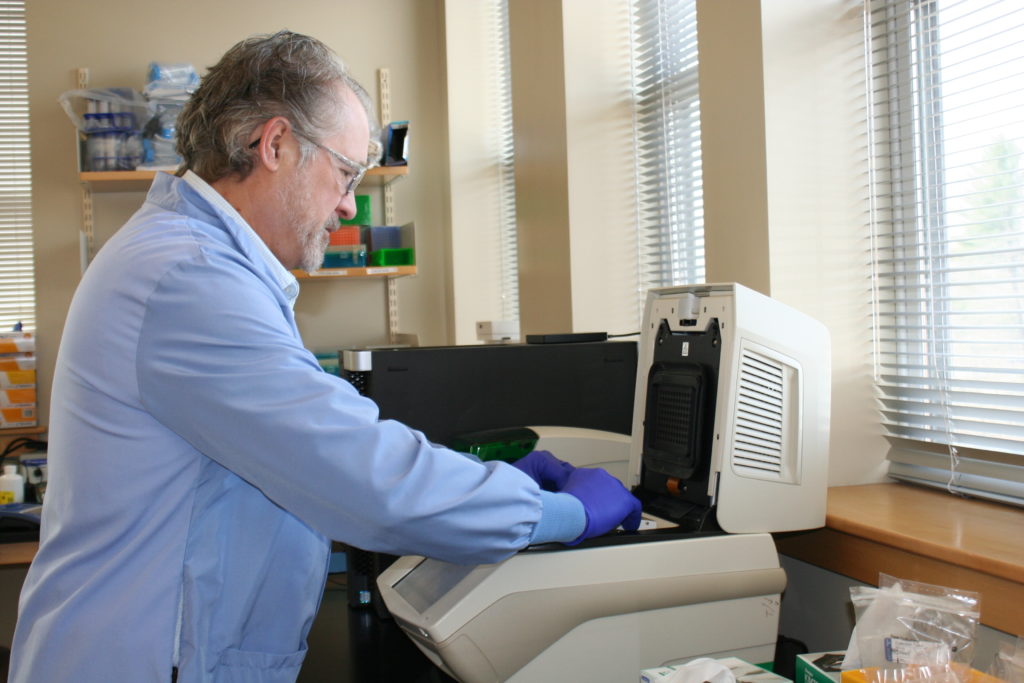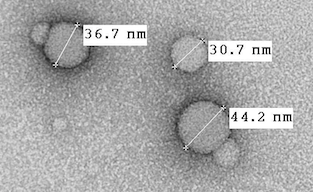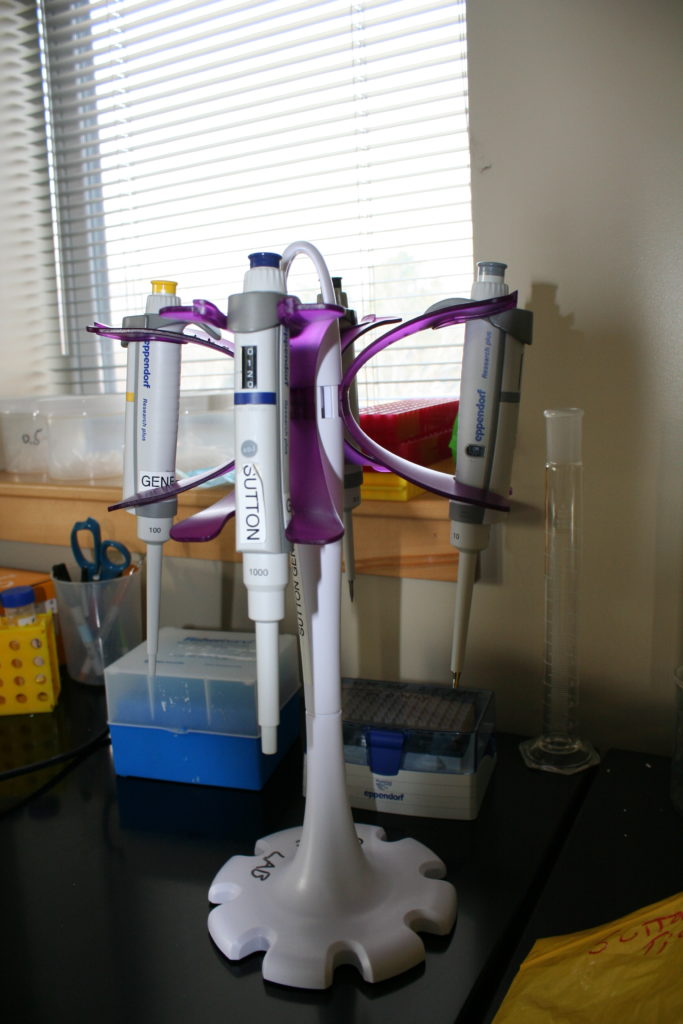
THE PROBLEM
8.3 billion tons: the amount of plastic we have produced since 1950. With an environmental crisis looming and ecosystems struggling to withstand the effects of pollution, we are beginning to acknowledge the harm humans have caused to the environment. Our waste not only proves dire for plants and animals but also threatens human health as we breathe in and ingest contaminants.
Scientists have begun researching the effects of microplastics on the digestive system. Microplastics are plastic particles that measure between 100 and 1000 nanometers. Over time, larger pieces of plastic break down into smaller and smaller pieces, becoming microplastics. Animals may ingest these particles in the ocean or through drinking water. Humans ingest them the same way: in the United States, 94.4% of samples of drinking water contained these microplastics. This means that most, if not all, people in the United States are ingesting plastic in their diet.
If ingesting plastic does not trouble you enough, some of these microplastics carry toxins, called persistent organic pollutants, on their surfaces. According to Ocean Health Index, persistent organic pollutants (POPs) are “hazardous human-made chemicals that are resistant to degradation in the environment.” Examples of POPs include chemicals in pesticides and lubricants. They pose serious health concerns for wildlife and animals when they build up in the tissues. Accumulation of these toxic pollutants can cause cancer, a weakened immune system and even infertility.
WHAT ARE NANOPARTICLES?
However, Dr. Steven Sutton, a researcher at UNE, studies particles even smaller and potentially more dangerous than mircoplastics: nanoplastics. Similarly, nanoplastics are minuscule and may carry POPs on their surfaces. Unlike microplastics, however, nanoplastics are very difficult to filter or trap, making any harmful effects seemingly impossible to prevent. The EPA defines nanoparticles as “particles with at least two dimensions between approximately 1 and 100 nm in the nanoscale.” Invisible to the eye, researchers can only determine a nanoparticle’s size through electron microscopy.

Dr. Sutton hypothesizes that these nanoparticles contribute to GI problems and other areas of inflammation in humans, interesting him as a pharmacist. “There’s so much research you can do about anything you want. I just decided that I would look at this because I knew that some nanoparticles cause inflammation and I knew that irritable bowel syndrome is out there. Maybe they are connected.”
THE RESEARCH*
Dr. Sutton hypothesizes that “the constant bombardment of contaminants on intestinal cells causes them to be irritated or inflamed. This chronic inflammation could be the cause of Crohn’s disease, irritable bowel syndrome, or even cancer.” To test his hypothesis, Dr. Sutton observes if cells exposed to nanoparticles upregulate RNA production of certain genes, a sign of stress in a cell. If a cell stimulates RNA production, it may secrete chemicals to try to counteract the presence of the nanoparticle, potentially leading to cell death or, at the very least, inflammation.
As with all research projects, challenges have ensued. Amid stories of past research mistakes he can almost laugh about now, Dr. Sutton explains two of the challenges he faces with nanoparticle research. The first challenge involves the minuscule size of the particle; the second: life expectancy of cell cultures.
Scientists and news outlets have focused on the effects of microparticles, specifically microplastics, with comparatively little discussion about nanoparticles, the potentially more harmful contaminant. At such a small size, these particles can penetrate cells and organs, possibly causing irritation and inflammation beyond just the gastro-intestinal tract. Why the lack of scientific research, then? Their small size makes studying these particles challenging. During his sabbatical from UNE, Dr. Sutton discuessed this problem with researchers studying microparticles at Northeastern, who used tap water they filtered free of microplastics. Dr. Sutton explains, “It was so hard because you would need liters and liters of [microplastic filtered tap water] in order to get just a few nanoparticles.”
To help with the problem of amassing nanoparticles, Dr. Sutton has found a group in Italy who use a laser to reduce particle size, producing nanoparticles for him to study. However, even once the researchers produce nanoparticles, collecting these particles and separating them from all other particles proves difficult: “They all have densities that are around one, about the same as water so they are hard to separate by centrifugation or by sieving on screens.” Despite these challenges, Dr. Sutton has moved forward with his research thanks to new technology and persistence.

“Up until recently,” Dr. Sutton explains, “I’ve been looking at acute exposures of concentrations that are relevant but a little on the high side.” Using an in-vitro model, Dr. Sutton studied the effects of exposing the contaminants to three different types of cells: epithelial, globular and immune system cells. Currently, Dr. Sutton explores exposing cells to low-level concentrations of nanoparticles over a long period of time. He reflected, “I then started thinking, what about chronic exposure at lower levels, levels that the EPA does not care about?”
As cell cultures only survive for a couple of weeks, Dr. Sutton would need to adjust his procedure to study the effects of months of low-level exposure on a cell. About one month ago, he found a paper detailing the use of zebrafish to study the effects of nanoparticles. Since then, he has reached out to the author and researcher in China and hopes to collaborate with him, pending UNE awarding Dr. Sutton an internal grant.
If awarded the grant, Dr. Sutton hopes to expose zebrafish on the Biddeford campus to nanoparticles by adding the particles to the water in their tanks. Zebrafish possess microbiome similar to a human’s, making them a comparable subject for research. He will then send a gut sample of the zebrafish to the researcher in China. After doing so, Dr. Sutton hopes to measure the impact of long exposure on gut health.
Dr. Sutton welcomes student collaboration on this research. Students on the pharmaceutical sciences track may be able to participate in research with Dr. Sutton, especially since research is part of the elective requirements for this track.
*Research timeline and steps may change with the recent coronavirus outbreak.
LIFESTYLE ALTERATIONS
To minimize the amount of microparticles and nanoparticles consumed by people and shed into the environment, Dr. Sutton has implemented several changes to his daily habits.
- Washing fleece in a microfiber catching bag (Guppyfriend). The washing machine shreds the plastic contained in fleece clothing, infusing it into the water. As the water drains out of the washing machine, the filters do not trap the microplastics, eventually draining them into the ocean.
- Using a carbonator (Sodastream). Instead of purchasing plastic bottles of carbonated water, he uses a carbonator at home.
- Offering guests recycled glass water bottles. When guests come to visit and want a water for the road, he offers them a recycled glass bottle filled with water.
- Avoiding seafood. Since many of the small plastic particles end up in the ocean, most animals have ingested micro- or nanoplastics. When we eat these animals, we are also ingesting the plastic inside them.
For those with stomach or digestive problems, Dr. Sutton’s research could help patients understand the triggers for their inflammation. He explained that polymorphisms (mistakes in the DNA) may also make some people more susceptible to the effects of contaminants than others. For those not suffering from severe inflammation, his research contributes to our growing awareness of the harmful effects of pollutants on animals and humans. The results could help shape the way that people and nations consume and dispose of plastic and waste. Armed with the significance of his research, Dr. Sutton carries on with a quiet tenacity to understand the impact of these minuscule particles.
